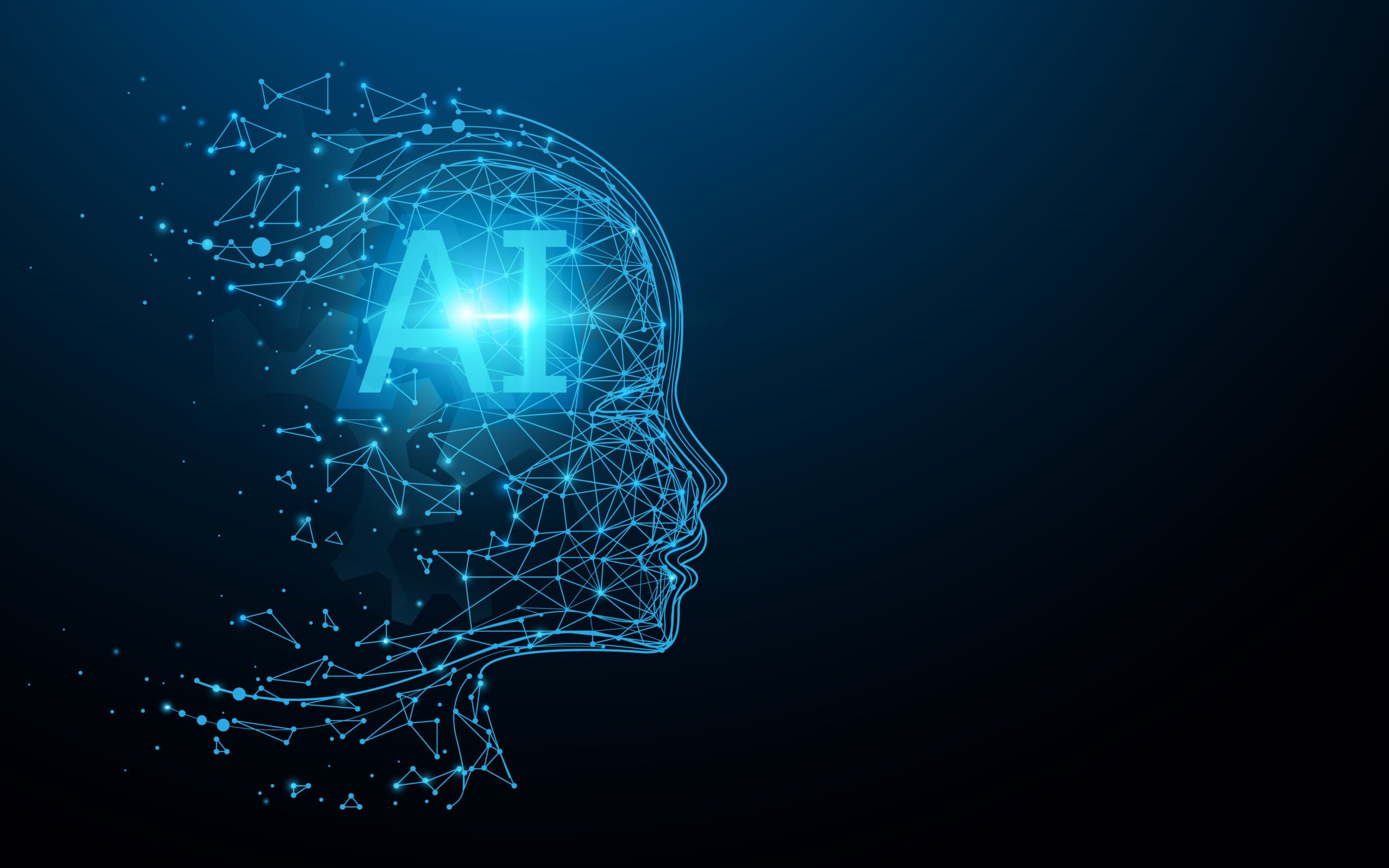
In the rapidly evolving world of artificial intelligence (AI) and with the rapid increase in information generated by digital transformation, the central importance of data for innovative IT solutions is increasingly coming into focus.
Data-Centric AI (DCAI) represents a groundbreaking approach in AI by focusing on the quality and relevance of data in order to optimize machine learning models and the performance of systems. This significant paradigm shift also applies to the field of computer vision. In order to create the best possible solutions, the CONET Data Analytics and AI team relies on the integration of DCAI in computer vision projects.
In the following blog article, we explain the concept of DCAI and in particular how it differs from the classic, model-centric development process for AI solutions and what impact this has on the field of computer vision. Finally, we present a standardized DCAI pipeline.
Table of contents
Was ist Data-Centric AI?
Data-Centric AI is an approach in artificial intelligence and machine learning (ML) that focuses on improving and optimizing data quality. DCAI focuses on improving the quality, relevance, and cleanliness of the data used to train AI models. Unlike model-centric approaches that aim to develop more complex algorithms, this approach sees the data itself as the key factor in AI performance. Data-Centric AI enables more efficient and accurate AI systems by improving the foundation on which these systems are built.
Why Data-Centric AI in Computer Vision?
Data quality also plays a crucial role in computer vision projects. A diversified and carefully prepared dataset enables models to generalize effectively and identify a wide variety of patterns. A data-centric approach is therefore becoming the focus to actively counteract bias in computer vision systems. Bias is the tendency toward distorted or unrepresentative content that can affect the impartiality of machine learning. This can lead to algorithmic discrimination, where systems reveal errors or injustices in certain applications, such as facial recognition. This happens especially when the training data is not diverse and comprehensive. Research, for example by the Fairness and Accountability in Machine Learning (FAT/ML) group at Microsoft Research, underscores the importance of combating bias in visual data for fair and ethical AI practices. Through in-depth data analysis and careful data preparation, biases can be identified and corrected. This ensures the fairness of AI applications towards different population groups.
What exactly can the DCAI approach optimize in computer vision projects?
- Improving model accuracy: DCAI techniques aim to improve data quality by providing a dataset that includes a wide variety of images covering different lighting conditions and perspectives. Diversification allows models to more accurately interpret metadata and recognize complex patterns with increased accuracy, greatly improving their ability to generalize.
- Identifying and reducing bias: The selection of data for a (visual) dataset can lead to biases, for example if certain business processes or social groups are not sufficiently represented in the data. DCAI can be used to identify and mitigate such biases.
- Optimizede Model robustness: Targeted optimization of data preparation increases the performance of these models. This makes them more effective in real-world applications and allows them to better handle both data diversity and dynamic changes.
Approaches to implementing data-centric AI in computer vision
Although data quality is also important in a model-centric AI development approach, it plays a central role in development according to the DCAI principle. Below we present methods that are typically used in development with a DCAI approach.
- Error detection and correction: Typical errors in computer vision data sets are incorrectly or inaccurately annotated images. To identify and clean these, methods such as cross-validation, consistency checking or the use of pre-trained models for error detection are used. These methods make a decisive contribution to improving the quality of the training data.
- Data Augmentation: Data augmentation, also called data expansion, involves the application of various transformation techniques such as rotation, mirroring or brightness adjustment to visual data. These processes generate additional variance in the data set. In computer vision projects, data augmentation is used to expand the training data set to include a more diverse and extensive selection of scenarios, thus increasing the generalization ability of the models.
- Active Learning: In active learning, selecting the most informative data points improves the overall performance of the model. This method considers data where the model is uncertain to be particularly informative. Commonly used active learning algorithms include selective sampling, iterative refinement, uncertainty sampling, and query by committee. For more detailed information on the active learning process, see this blog post.
- Curriculum Learning: Curriculum learning is based on the principle of sorting training data according to their learning difficulty – starting with simple tasks and moving on to complex ones. This method is similar to the human learning process, in which a step-by-step approach is used for more complicated tasks. This strategy can increase the efficiency of the learning process.
- Feature engineering and selection: In the context of computer vision, feature engineering refers to identifying and processing significant features from image or video data to optimize the performance of AI models. Relevant attributes are extracted using techniques such as the Histogram of Oriented Gradients (HOG) or Convolutional Neural Networks (CNNs). These steps are crucial to reduce the dimensionality of the data and thus make the training of AI models more efficient.
A typical data-centric AI pipeline
Integrating data-centric AI into computer vision projects follows a clear process. First, data is collected and carefully selected to cover realistic scenarios. The data is then analyzed and cleaned, making it ready for machine learning. The next step is training a base model with the cleaned dataset – followed by testing and evaluation. Continuous monitoring of data quality is essential to ensure the integrity of the AI model and to adapt it to new circumstances or data. A data-centric AI approach optimizes the entire development process and makes it efficient.
Shaping the future of computer vision with CONET
At CONET, we value the data-centric paradigm. We drive innovation in the field of computer vision – supported by the use of cutting-edge technologies. We invite you to join us in exploiting the potential of data-centric artificial intelligence. Together, we can shape a future in which machines understand the world precisely.
Learn more
Was this article helpful for you? Or do you have further questions about computer vision? Write us a comment or give us a call.

Junior Consultant at CONET Solutions GmbH
Ferdousi Rahman is a Junior Consultant at CONET Solutions GmbH in the Data Analytics and AI team. She has worked on projects in the areas of data analysis, visualization and machine learning, integrating innovative AI technologies from the field of data science.
Source: https://www.conet.de/blog/data-centric-ai-mit-datenpraezision-die-ki-effizienz-steigern/


